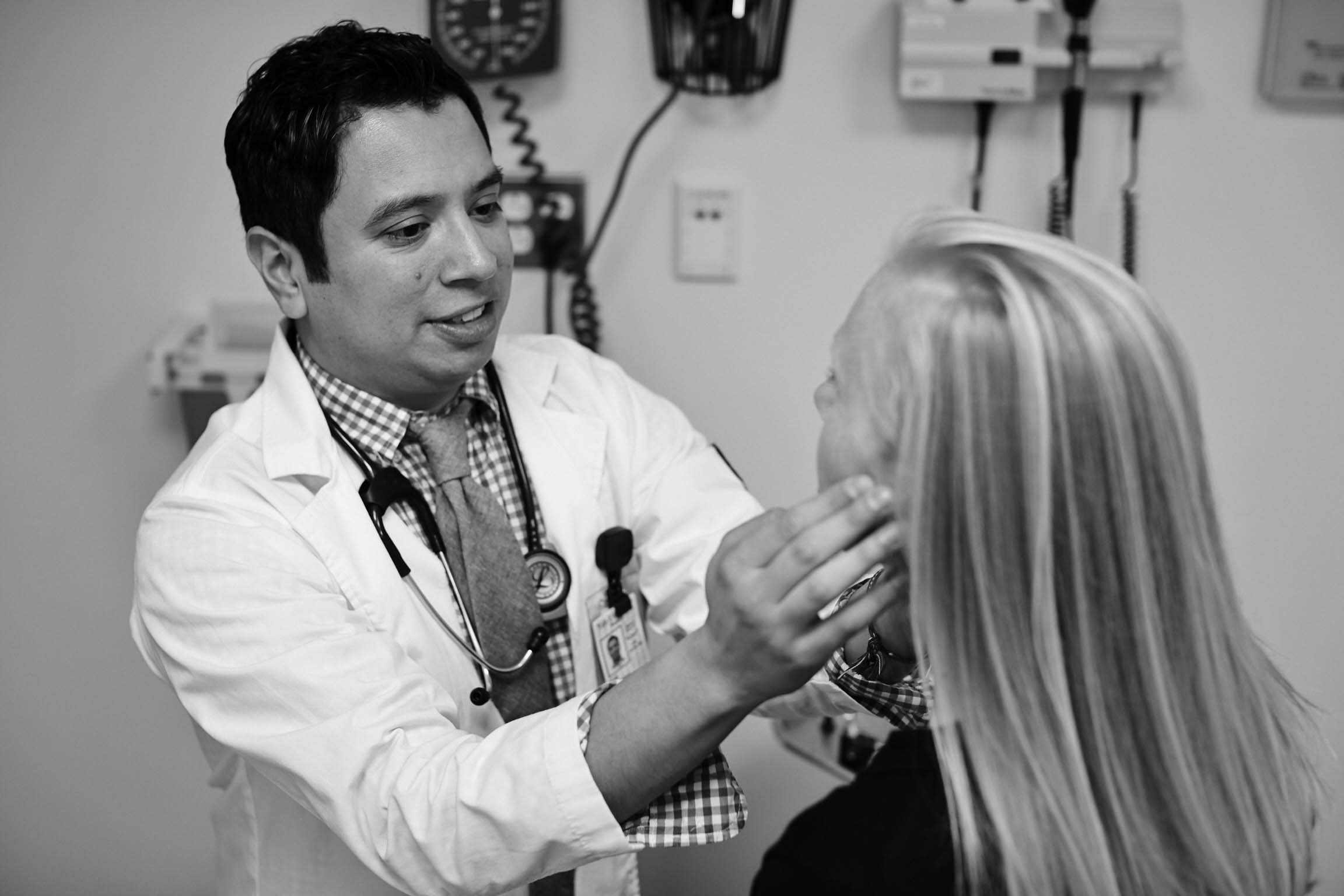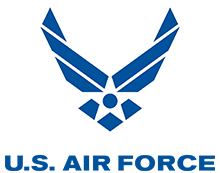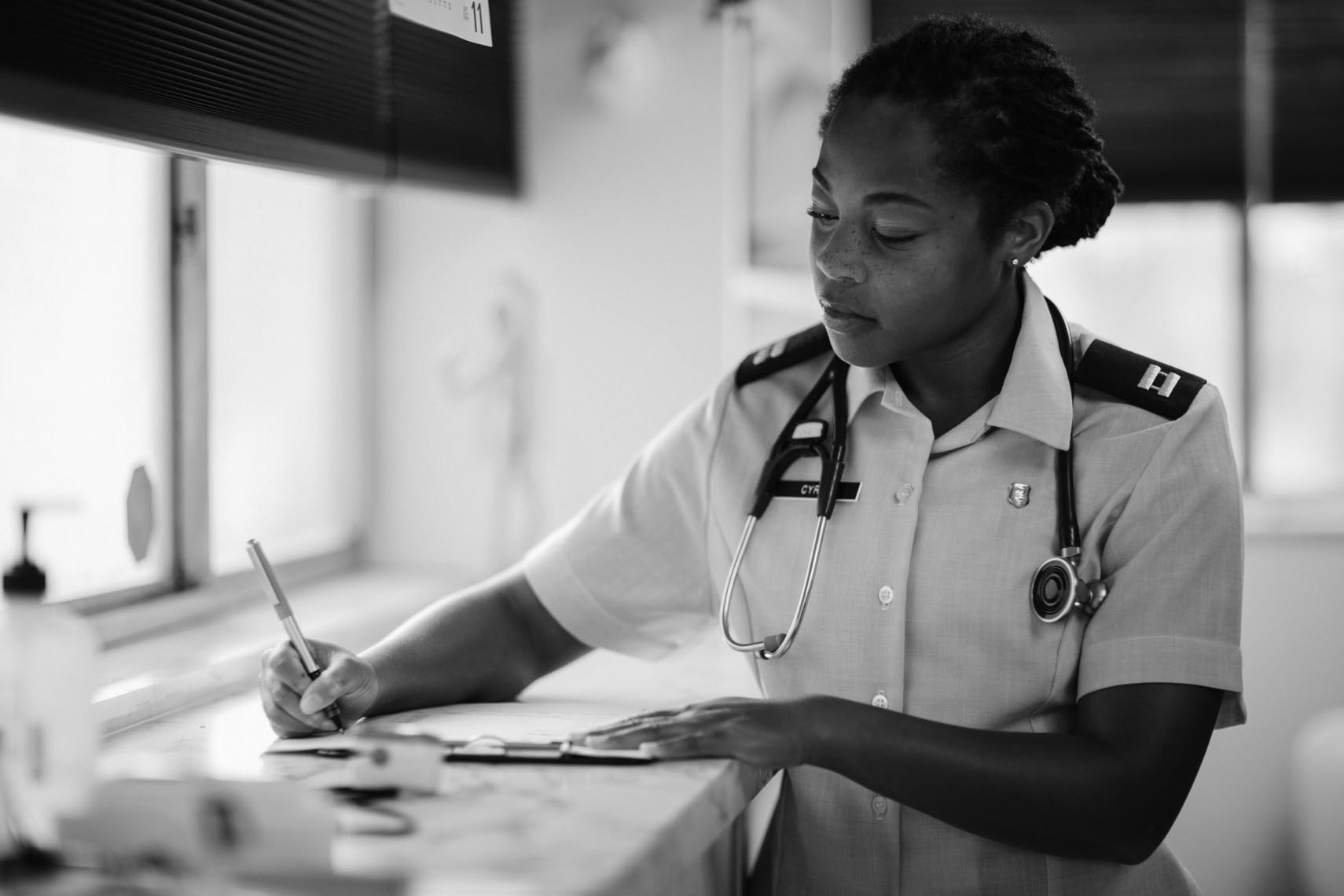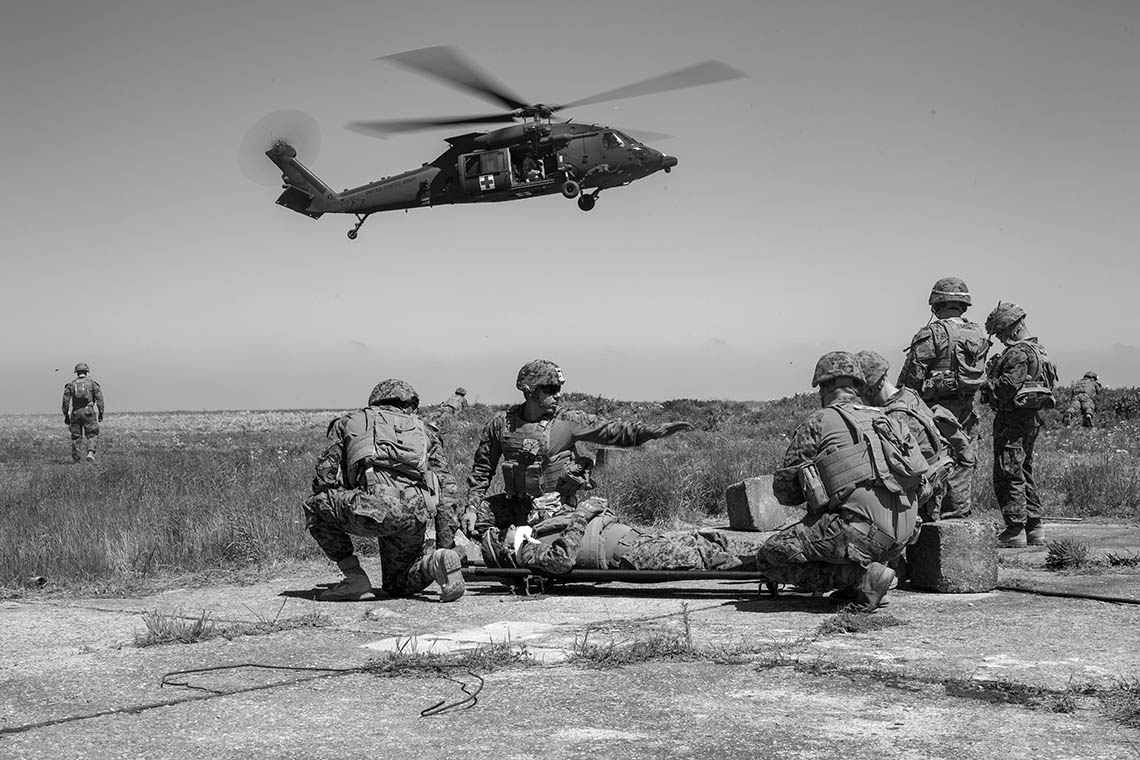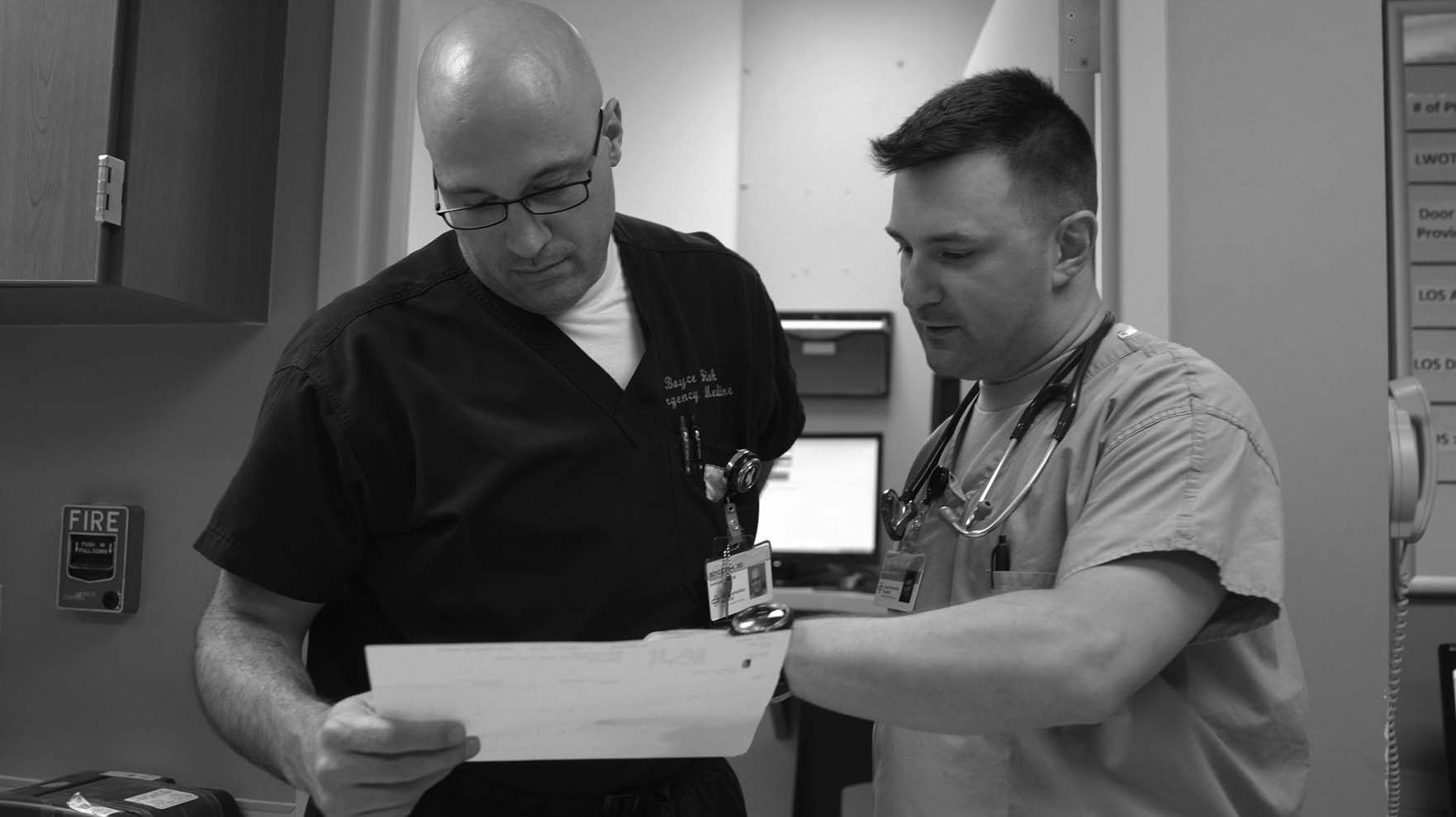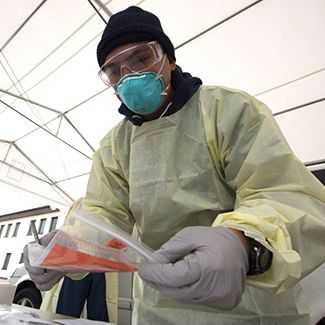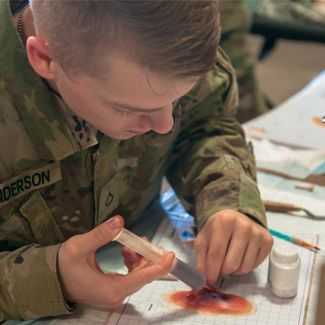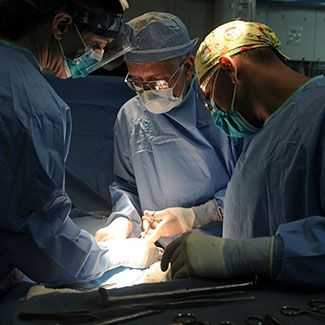
- FAQs
- |
Military Medical Advancements

Military medicine isn’t just about helping and healing service members and their families. As a Military physician in the Army, Air Force, or Navy, you will be part of one of the world’s leading health care research and development forces, where research and development has the power to address humanity’s most pressing health care issues. The Army, Navy and Air Force each have dedicated research and development missions that support all service branches.
